The Acacia tree serves as a habitat in the desert ecosystem of the Middle East. Different animals eat all parts of the Acacia and are among the few plants that can provide green foliage even in the driest seasons—a genuine oasis for all living creatures. But the Acacia is also known for the symbiotic relationship between various living animals. Without the Acacia tree, many creatures will go extinct in Israel.
Masada & Dead Sea Tour
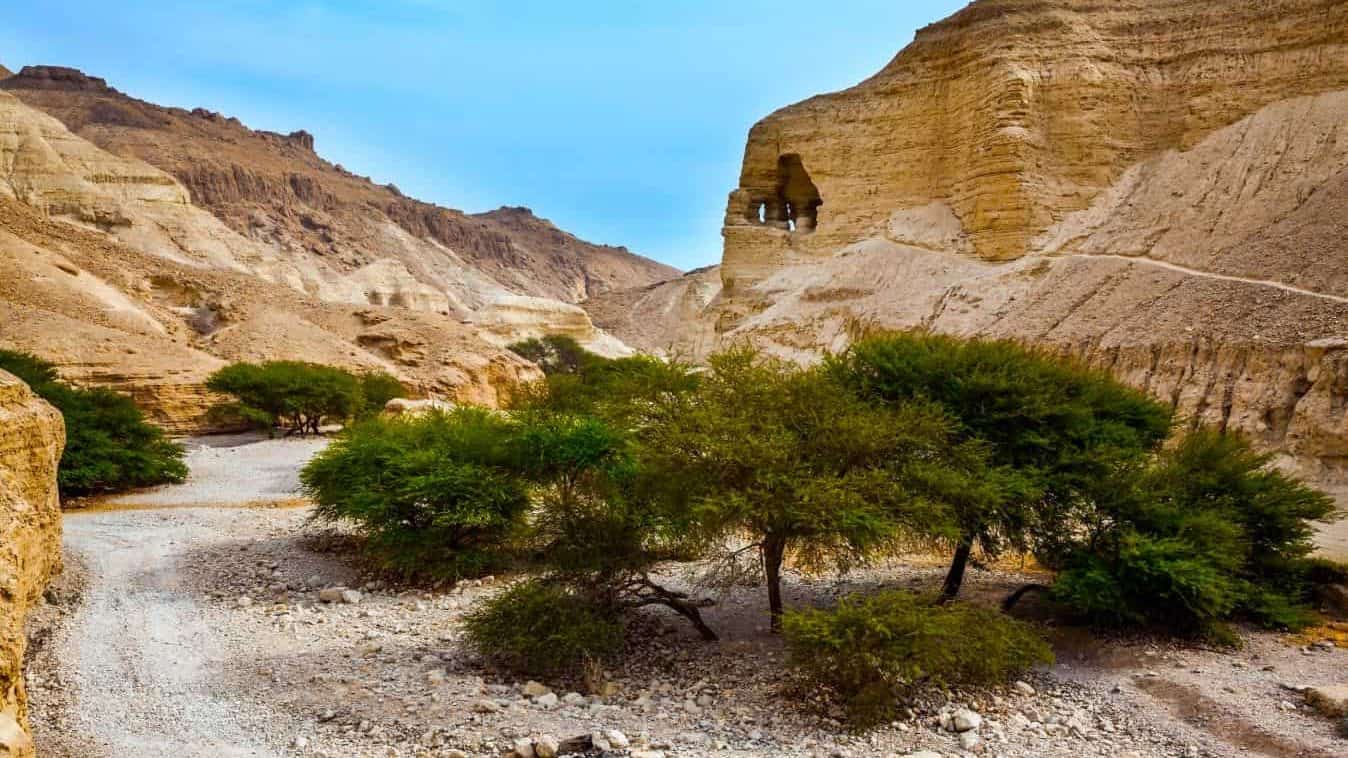
Even after they die, the Acacia Tree still serves as a habitat. An Acacia tree can stand dead for decades and still provide various functions even after its life cycle ends. The dead and organic material is used as food for many insects, usually different kinds of beetles, Mostly their larvae. The spaces they leave are used as hiding or as a habitat for other arthropods, which may devour the smaller insects.
The Acacia Tree and the Dorcas Gazelle
The Tree attracts a range of ungulates (large mammals with hooves) that feed on its leaves and fruits and benefit from its shade during the hot daylight hours. One of these is the Dorcas Gazelle. During the summer months, these gazelles foraging areas overlap the distribution of acacias in the desert. Taking shelter in the trees during the hot hours, the gazelle also eats its leaves and fruit – as a source of water and food.
The Ark of the Covenant
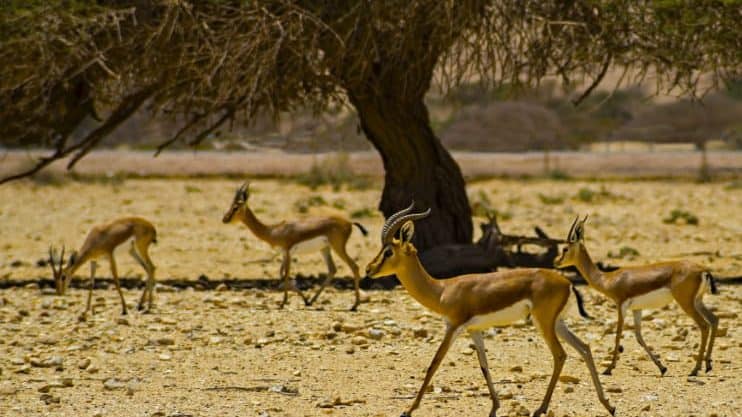
The Gazelle, eating the fruits of the Acacia, chews only some of the seeds. The seeds that are not chewed pass through their digestive systems undamaged. Eventually, they are ejected with the gazelle’s droppings. This way, the gazelle distributes the seeds of the Acacia tree. The seeds germinated more successfully than seeds that didn’t pass through the digestive system of the gazelle.
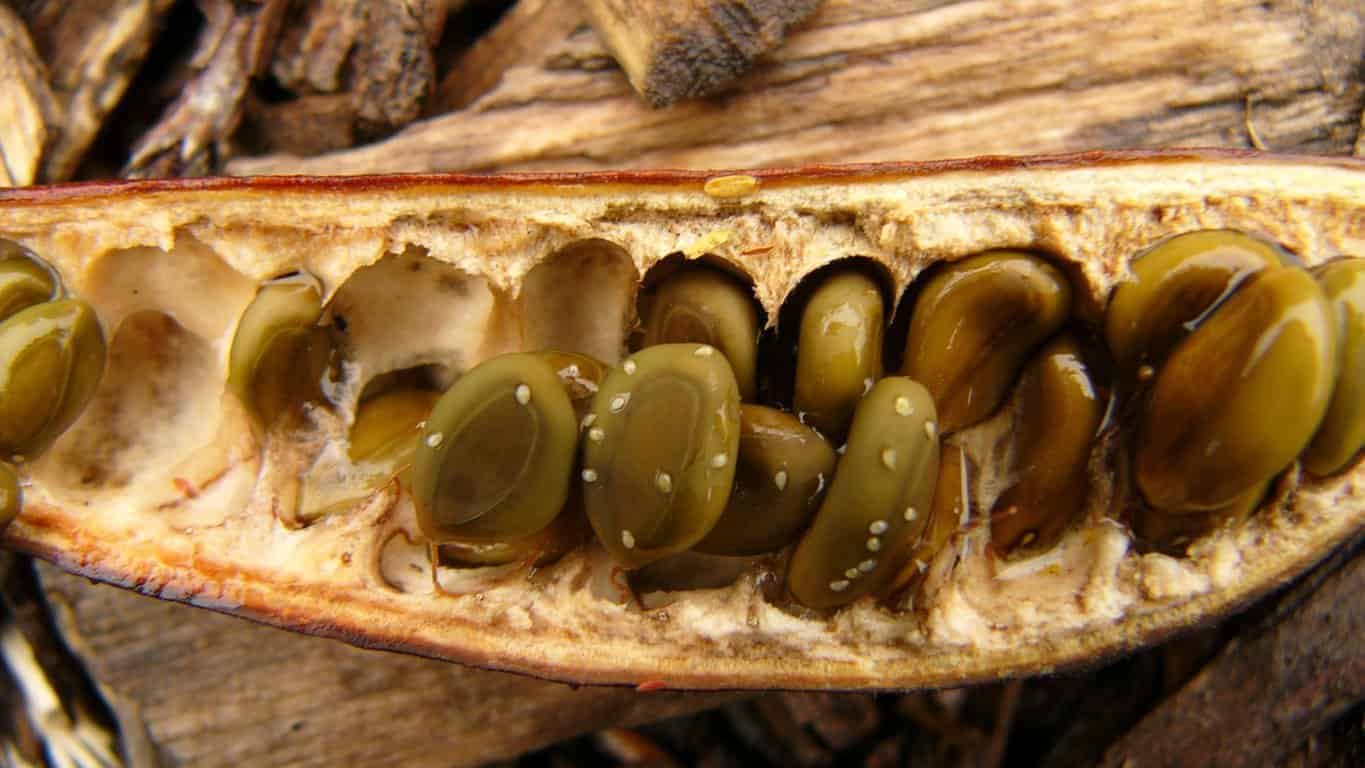
Credit: Jef Poskanzer, CC BY 2.0, via Wikimedia Commons
It turned out that the acacia’s hard seed coat is softened in the gazelle digestive system. The seed coat’s softening increases the seeds’ chances of germinating. It has also been found that the digestive gastric acids in the gazelle stomach kill the larvae of sperm beetles (Bruchidae), which develop inside the seeds and harm them.
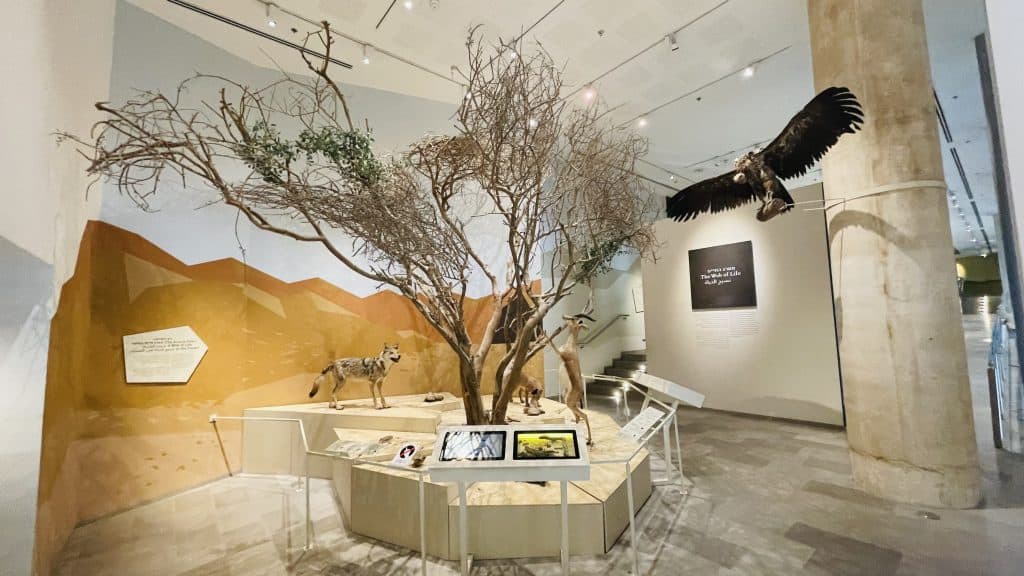
A fruit infected by the beetle usually won’t be suitable for germination. In some parts of the Negev, 90% of the seeds are infected by the beetle. Also, those that do sprout don’t survive due to dehydration or being eaten.
Nectar and Sap – A Celebration for a Variety of Insects
So many insects feed on nectar from the tree’s flowers or sap, as these liquids contain a high sugar concentration. Some, such as Babul Blue Butterfly (Azanus ubaldus) pollinate the acacia as they fly from one tree to another. The Babul Blue entered our region via the Great Rift Valley. The adult butterflies fly around the branches of the Acacia. The butterfly larvae feed on the tree flowers. The Babel Blue is mainly found in the Negev, Beersheba area, Sde Boker.
Butterflies in Israel
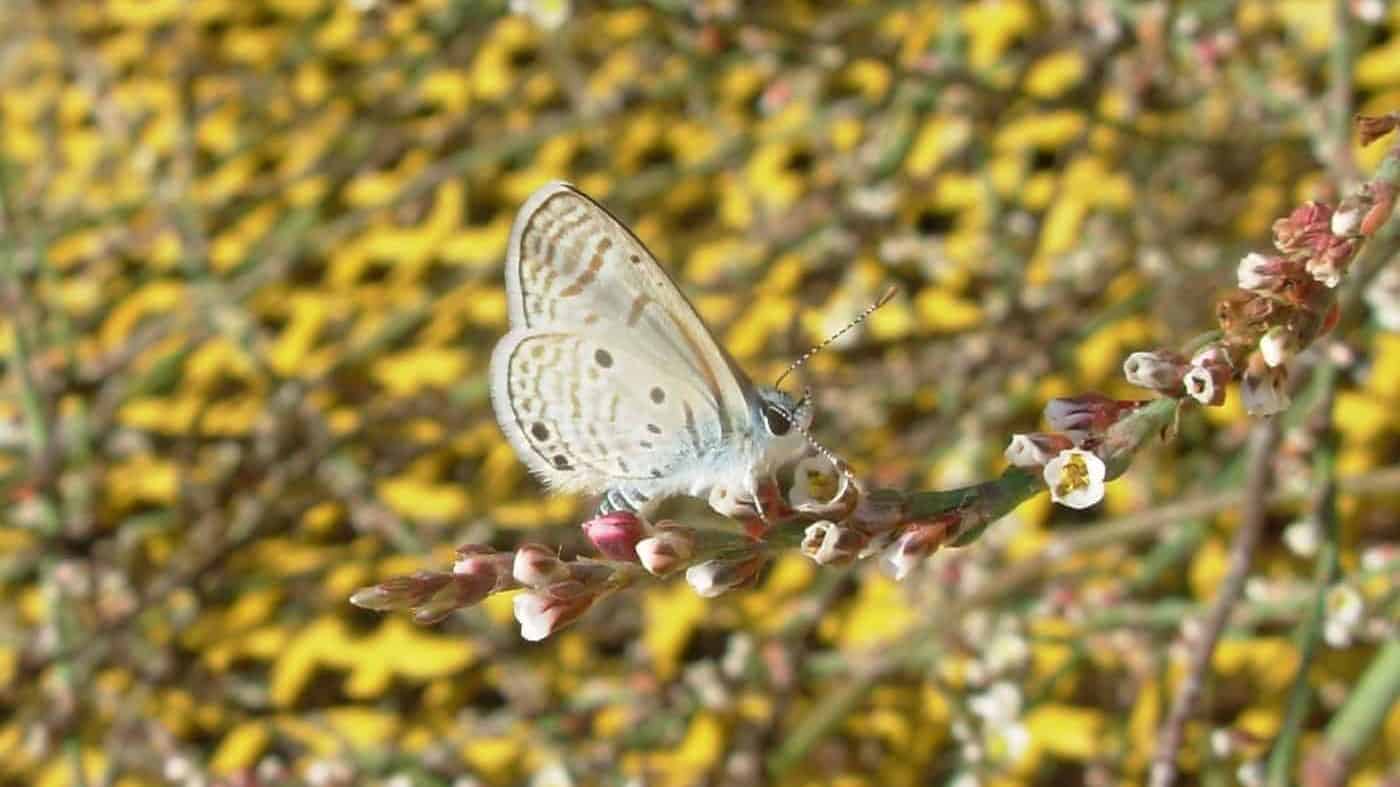
Credit: Alonto, CC BY-SA 3.0, via Wikimedia Com
Conclusions:
So, the Acacia in the Negev constitutes a unique Israel habitat known from Africa, including dry tropical conditions. Israel is the Acacia northern boundary limit. The tree provides plenty of food during the harshest time of the year when other plants or trees are not within reach. As a Habitat, it houses a wide variety of animals; some rely almost entirely on the Acacia, and Some live on the trees and never leave.







